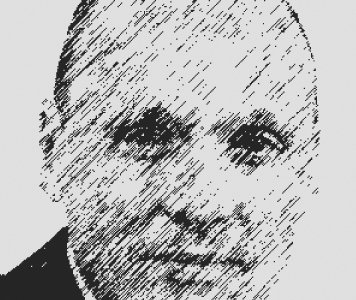by John Gibbons, EMEA Regional Executive, J.P. Morgan
 As autumn is on the horizon, I cannot help wondering how many more gauntlets will be thrown down in front of me for the remainder of 2012. Typically, the economy continues to be top of one’s mind, but so too is making sure we further increase our client and employee satisfaction. It would be remiss of me not to mention our bosses’ satisfaction as well – whether that means our respective boards or our shareholders.
As autumn is on the horizon, I cannot help wondering how many more gauntlets will be thrown down in front of me for the remainder of 2012. Typically, the economy continues to be top of one’s mind, but so too is making sure we further increase our client and employee satisfaction. It would be remiss of me not to mention our bosses’ satisfaction as well – whether that means our respective boards or our shareholders.
But like the knights of old, I will of course strive to retain my honour as I stand ready to take up each gauntlet and accept the challenge. It would be interesting to know how many others are not confronted with the same challenges I face. The on-going developments in the global economy affect everyone. Banks and corporates alike continue to seek out higher satisfaction levels from all their stakeholders. I must admit, though, that the prospect of sitting at the Round Table of Camelot and charging my knights with a quest to find the grail that holds the economic solution sounds exciting. However, I must console myself with the comforting thought that wiser people around the world are looking at this and will hopefully deliver an answer to us soon. Next month I’ll be talking about preparing for market disruption (better to be safe than sorry), so this month the subject of this column is increasing satisfaction. And how better to do this than by …? Yes, you’ve guessed it! … effectively improving efficiency.
Last month we explored the decentralised structure and consolidating account structures for payment flows to gain better visibly, control and to mitigate counterparty risk. Now it’s the turn of the centralised structure. There are some techniques available that should be considered: here are just three that spring to mind:
- Improving STP is an obvious one, and yet many still have problems in this area. Is it incomplete instructions, poor interfaces with relevant communication channels, poor banking services or complex payment infrastructures? If your STP rates are not in the high 90% range, spend some time finding out why.
- Still using paper? From cheque to invoice issuance, the more you eradicate paper, the more efficient and accurate your visibility will be. Less paper also means greater risk mitigation. Fraudulent risk will never go away, but removing paper makes it harder for Mordred (the bad guy in the King Arthur legend) to operate.
- Managing data from multiple bank sources through a proprietary multi bank portal or SWIFT will improve your view and help you benchmark the performance of each bank.
At this point, it would be remiss of me not to mention our friend SEPA (again). There is a deadline looming and SEPA is intended to help you consolidate your euro accounts and increase your efficiency – but enough said on that …for this month at least.
Sign up for free to read the full article
Register Login with LinkedInAlready have an account?
Login
Download our Free Treasury App for mobile and tablet to read articles – no log in required.
Download Version Download Version


























